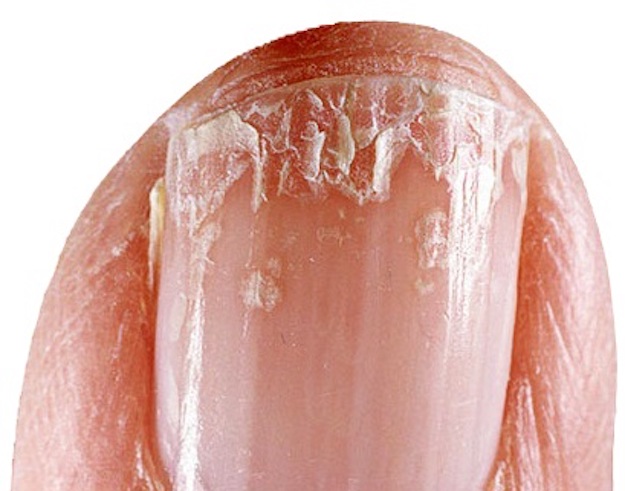The term onychoschizia includes splitting, brittle, soft or thin nails. Onychoschizia is more common in women.
It’s characterised by extremely thin or peeling nails that don’t grow far past the end of the nail bed. It is often inherited but can also be caused by advancing age or illness. Many medical conditions can affect the shape or texture of the fingernails.
Brittleness of the nails, meaning that the nails easily become cracked, chipped, split, or peeled, can be observed as a sign of ageing or in response to the long-term use of nail polish or exposure to moist conditions (including frequent swimming or dishwashing).
Some diseases are also associated with changes in the nails, which can include brittleness. Thin and brittle nails can be a sign of hypothyroidism, for example.


